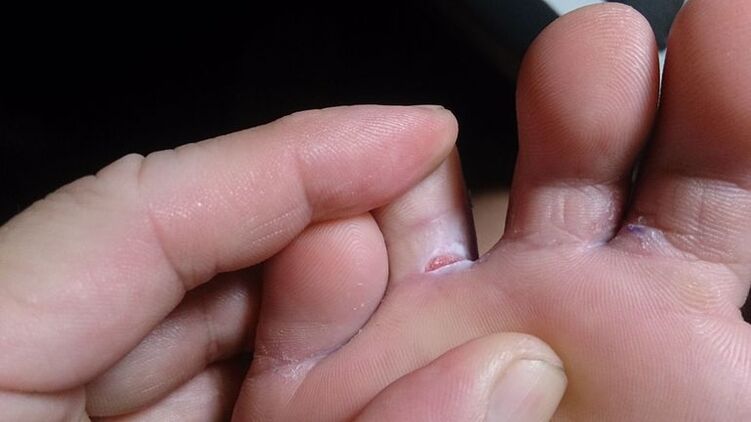
Mycoses is a group of diseases caused by pathogenic fungi.Skin areas affecting these microorganisms are called dermatomycosis.They are sometimes combined with onychomycosis - circular disease.Knowing how the fungus looks on the legs, you can cure the disease in time and prevent complications.There are many options for this pathology.
The mechanism of foot infection
There are factors that directly affect the capacity of fungal infection.In addition, in this regard, many depend on the immunity.When body protection decreases, the likelihood of developing mycosis increases significantly.Immunity can weaken chronic infectious diseases and pathologies of the endocrine system.Mushroom infection can be infected in a straight and indirect way.In the first case, this happens:
- soil layers;
- various plants;
- Contact with an infected person or animal.
An indirect path involves the use of hygiene and other things that the patient is actively using.
The fungi of the Candida genus live on the surface of the epidermis.When the composition of the separated sweat glands changes, the nutrient medium required for the formation of microorganisms develops.Representatives of the Candida Group acquire pathogenic qualities.This means that they can easily cause diseases.
Classification of Mycoses
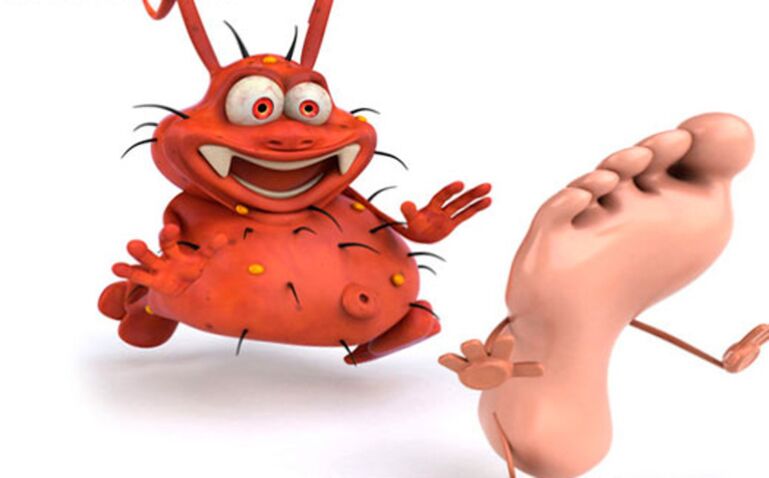
In the case of epidermophytosis, it is affected by the skin and nails.You can infect this disease in public places: gyms, saunas.Through which objects the pathogen is most often transmitted:
- towels;
- Waste factories;
- oil shafts;
- carpets.
Adult men suffer more often in epidermophitia.A favorable factor in the development of the disease is the increase in sweating.
Tricophytosis can be caused by various types of trichofitones group.The disease is considered very infectious.It is transmitted through the shoes, which is worn by an infected subject, laundry, towels and other baths.Often pathology in children.About 17% of adolescents prevalence.Young men usually suffer.The frequency of incidence among adult men.Employees of endangered workshops, baths, showers, athletes, miners.
Stop candidiasis is less common compared to epidermophitia.Most of the Candida genus fungi belong to a conditionally pathogenic group.This means that these microorganisms are present on the human epidermis in norms.After a decrease in immunity, pathogenic properties are obtained.
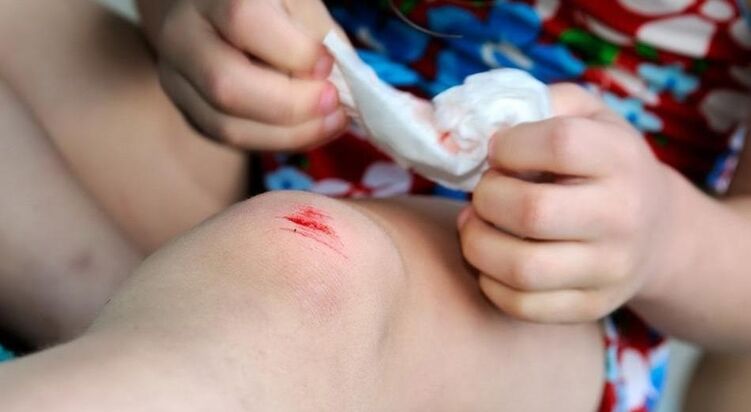
In order for Candida mushrooms to enter the body, it is sufficient to use the patients belonging to the patient.These microorganisms are often present in foods such as meat, milk and dairy products.The risk of infection increases in the presence of such factors:
- Skin injuries to the exposure of chemical components, alkalis and acids;
- Maceration, sweating of the skin;
- The presence of the fungus in large quantities in the air.
The symptoms of the disease
Due to the nature of the course, rubramicosis and epidermophitosis are similar.Therefore, experts combine them into a category - Mikoza Stop.It distinguishes its forms of scaly, diadrotic and intertiginosa.A separate group is onychomycosis that can be:
- atrophic;
- normotrophic;
- hypertrophic.
In the case of dyshydrotic mycosis, the work of the sweaty glands is inhibited.The fungus on the fingers, Intertigonic, looks like a diaper rash.Despite such a sharing, this should often be considered conditional as the various variations of the disease are combined.
Flaphadrotic and glorious
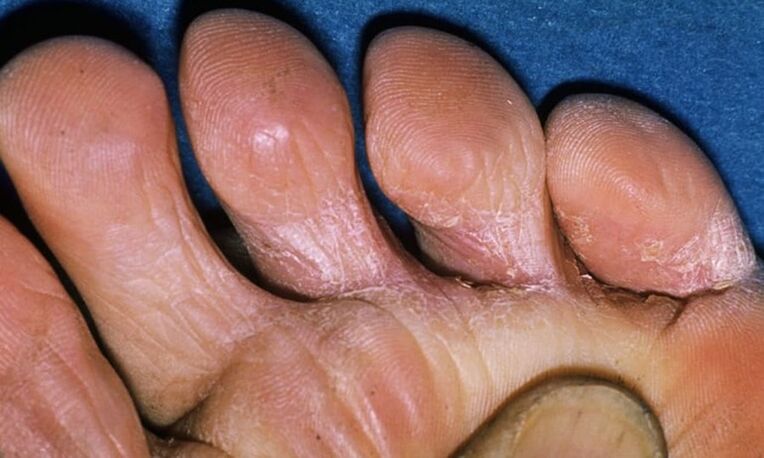
At first, the shape of the fungal epithelium affects one side.Then it turned to the opposite.The skin is formed on redness, which gradually begin to peel.Each patient complains of itching.The area of injury can be large and small, depending on the patient's body.There are people who suffer from the legs in this form, but nothing disturbs them.
The fungus on the skin of the feet looks particularly on the skin of the legs: the bubbles are 2-8 mm in diameter on the foot of the foot.Little by little, they start to merge into larger formations and then break out.In place, ulcerative skin lesions develop.Occasionally, the process becomes on the surface of the inner and outer sides.The bubbles open and see the areas of diaper rash with erosion.
The fungus on the legs also manifests itself in itching and pain.Erosion will be dry and healing in the future and peeling develops.Fungal infection can be complicated by bacterial.In this case, the liquid in the bubbles will be cloudy.The skin on the foot swells and blushes.The dyshidrotic form is characterized by a long flow.The periods of remission alternate with aggravations.Usually, a fungus with this form affects only one leg.
Intriginal form
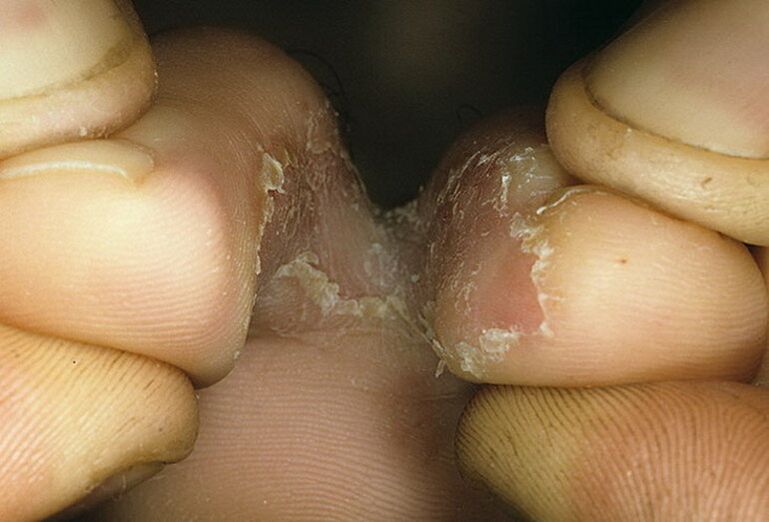
The widespread and independent is the widespread and independent.Less often, this form develops in the background of the squamous mycosis.The process affects the area between the fingers of the foot 4 and 5.The most important symptom is the appearance of cracks on an epidermis with a whitish rim.The surface layers of the skin dry up.There is a weakening between the fingers.The patient complains about burning and itching.In the areas of the lesions, touching the erosion form is quite painful.
In most cases, the interesting form is chronic, long flow.The disease improves in the cold season and worsens in the summer.In patients with this shape, the skin relaxes over time.Its protective functions are reduced.This provides a favorable basis for streptocococcal infection.There are abscesses on the epidermis surrounded by swelling and redness.
Types of Onychomycosis
This disease leads to damage to the fingers.The pathogen first attacks the free edges of the disc.Here the yellow tones are formed.Many forms of onychomycosis are distinguished:
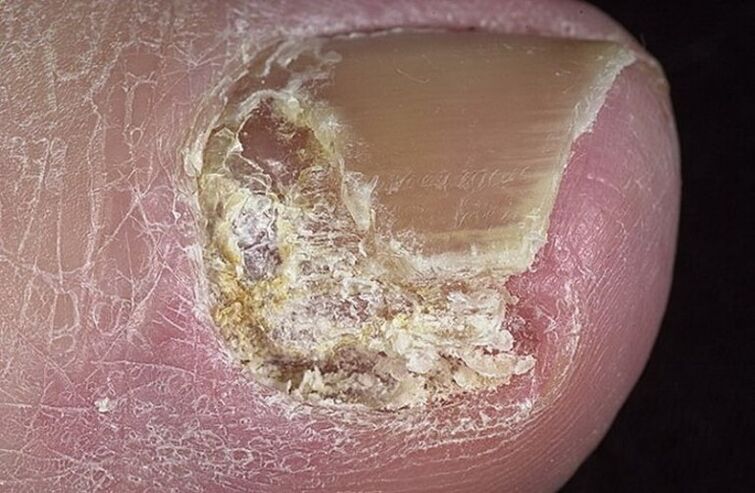
- Hypertrophic.The nail becomes yellow and thickness increases.It collapses and the skin underneath and thickens underneath.
- Atrophic.There is a opposite situation when the nail is thin and destroyed.The skin underneath is covered with a keratinized layer.
- Caused by forms.It is formed in the background of other types of nails.The plate can be green, yellow, brown and sometimes even black.Paronichia is formed in the perologue space - the confused inflammation.
In 70% of the cases, onychomycosis affects 3, 4 and 5 fingers of the legs.In 30% of cases, 1 and 4 fingers suffer.It is often a normotrophic form of the disease when yellow spots are in my nail, but does not damage its integrity.
Fungal treatment
There are various treatment systems for the disease, which is separated by a doctor.
Further treatment methods include intake of immunostimulants and vitamins.They help strengthen immunity.If a bacterial infection is joined, antibiotics are prescribed.Occasionally, the incidence of fungal infection is popular with the underlying disease.First to be treated.We are talking about dermatological pathologies and chronic infections.Antihistamines are recommended in the presence of an allergic component.
Conventional medicine
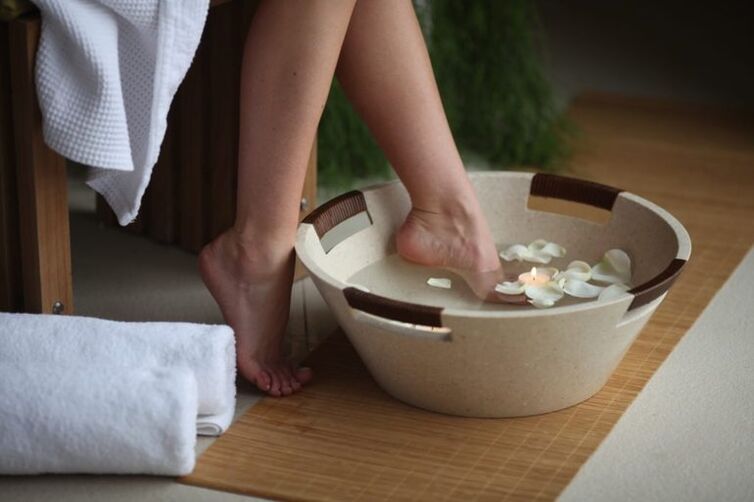
Mycosis does not pose a significant threat to health.However, their presence helps to reduce immunity and are at the heart of inflammation.Only antifungal treatment using special medicines will help you get rid of such a problem.In the early stages, the use of folk recipes, which is complemented by basic therapy, is allowed.What methods can be practiced:
- Receiving baths;
- Processing of the affected areas with herbs decoction;
- Ointment application.
You can take wine vinegar for baths as it has an antiseptic effect.First you should wash your feet with warm water and dry.The wine vinegar is then poured into the water in a 1-2 ratio and the legs are lowered.They are kept there for 5 minutes, then they are placed at night and they go to bed.
Another version of the bath means the use of soda and salt.Take a tablespoon of both ingredients and dissolve in the water.Then lower the legs into the solution, hold for up to 15 minutes.At the end of the procedure the legs are washed with warm water.
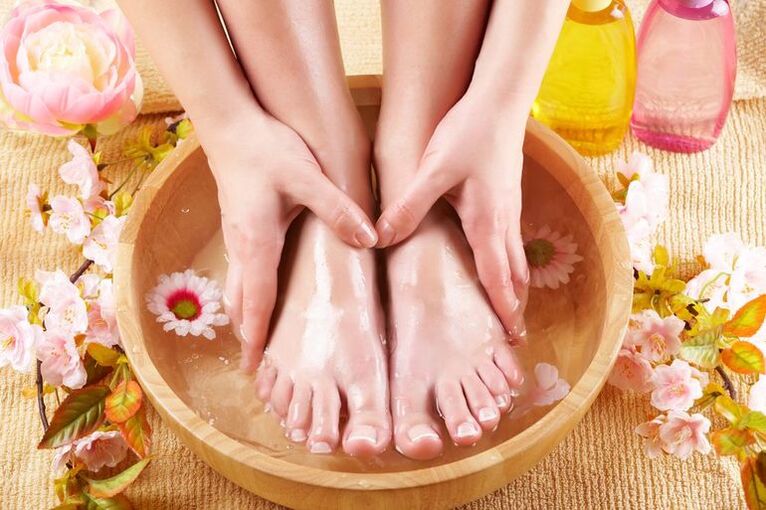
Verbena medicine and calendula can be used to treat legs with therapeutic decoctions.In addition, oak bark, dried blackberry berries have a good disinfectant effect.The selected parts are mixed in the same amount.3 tablespoons.l.And pour a glass of water.Put a small fire for 15 minutes.Filter and moisten the lesion of the decoction using the resulting decoction.In addition, this device can be used for creams.
The same amount of pork fat and sieved wooden ash are mixed to prepare healing ointments.The resulting ointment should be thick and be homogeneous.Applied twice daily to clean and dry legs: morning and evening.



























